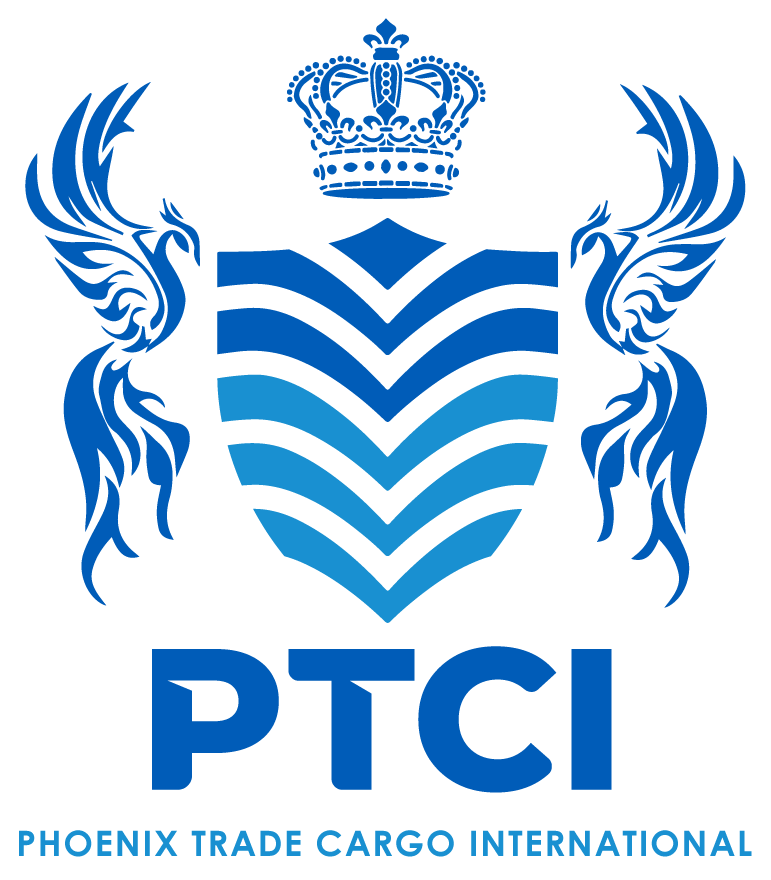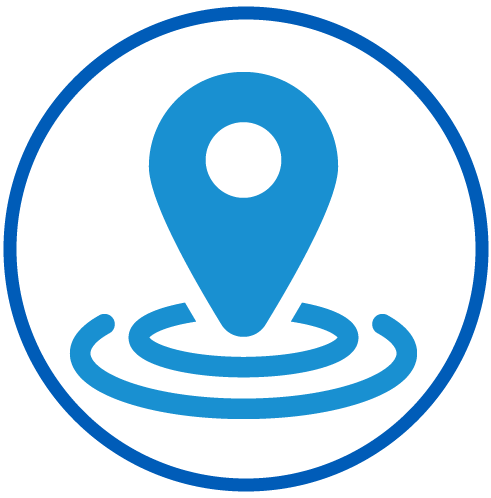Full container load. Full container load with goods from a single shipper. The indication of the acronym FCL-FCL on the shipping documentation reflects that the container is filled in its entirety in the warehouse of an exporter and emptied in its entirety in the warehouse of an importer.
Full container load, or FCL, and less-than-container load, or LCL, are the terms used to refer to ocean freight transportation. Abbreviations are used to substitute, for example: freight transportation by rail, substitutes the word “car” for “container. “FCL and LCL are different in themselves, as in definition and transportation.
When using LCL shipping services, you do not need to worry about returning the container after delivery of the goods. Because the container was shared, and the handling of the return is a responsibility of the company in charge of performing the container shipping services. Shippers who ship an LCL container need to worry only about the cargo being shipped and nothing else.
- Determining if their material meets the definition of “hazardous material.”
- Proper shipping name
- Class/Division
- Identification number
- Hazard Warning Label
- Packaging
- Marking
- Employee Training
- Shipping documents
- Emergency Response Information
- Emergency response phone number
- Certification
- Compatibility
- Locking and bracing
- Signage
- Safety tray
- Incident Reporting
For customs only original documents may be presented and must be delivered for safekeeping to the Customs Agency carrying out the procedure.
This document is the Andean Declaration of Value; declaration of fidelity of the importer, by which he attests that the declared values are the real ones. This document is required physically at the customs office or by means of authorization to the customs agent through the ECUAPASS computer system to be signed electronically by the agent.
The statute of limitations expires after five years, as it is a public entity.
Ad-valorem, Safeguard, VAT 12%, FODINFA 0.5%. Some goods pay ICE and mixed or specific tariff.
Ad-valorem, Safeguard, VAT 12%, FODINFA 0.5%. Some goods pay ICE and mixed or specific tariff.
A carefully elaborated folder must be prepared with all the required documentation, following exactly what is requested.
Gross weight of the load in KG. Dimensions in cubic meters or dimensions in centimeters height X width X length. Country of importation. Port, airport or border of cargo loading. Destination Port, airport or border of cargo unloading. Place of delivery of the cargo abroad. Route by which you wish to quote (sea, air or land). If by sea, please confirm if the cargo is to be containerized.
The average percentage is 0.48% of the cost of the goods FOB + international freight plus taxes. This percentage may vary due to the risks of the cargo in the event of a loss.
If they can be imported, it is only necessary to comply with the control document. These types of goods are not classified as prohibited imports (e.g. used clothing).
IMAGE on container sizes and types of containers

 Español
Español



